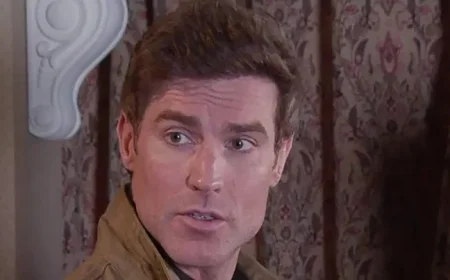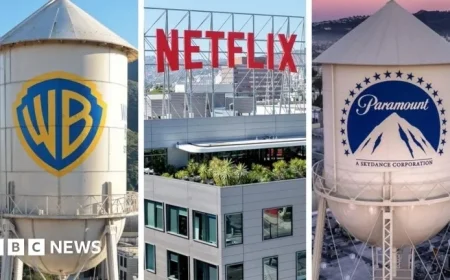Hawaii Urges Tourists: Spend More, Shorten Your Stay

The Hawaiian tourism landscape is undergoing significant changes, prompting state officials to encourage visitors to spend more while opting for shorter stays. Recent data reveals a drop in visitor numbers but a notable rise in spending, indicating a shift in the tourism model.
Visitor Trends in Hawaii
September saw a decline of approximately 2.5 percent in visitor arrivals compared to the previous year. Despite this, spending surged by over 8 percent, reaching a remarkable total of $1.54 billion. This translates to an average daily expenditure of roughly $270 per person, representing an increase of over 11 percent.
The trend indicates that as visitors shorten their trips, they are opting for higher daily spending rather than longer vacations. Hotel room rates remained relatively stable at about $315 per night. Nevertheless, the increase in overall spending can be attributed to higher costs for dining, activities, and additional fees beyond accommodation.
Changing Visitor Loyalty
The dynamics of traveler loyalty are shifting. Traditionally, Hawaii attracted repeat visitors who often vacationed multiple times a year. Many of these travelers are now reconsidering their options, with some choosing destinations like Mexico, Japan, or the South Pacific, where they perceive greater value. This transition exemplifies a broader trend, highlighting that the islands may be gaining revenue while losing the loyal clientele that historically supported local businesses.
- Longtime visitors report feeling priced out and disconnected from the islands.
- Increased costs and restrictions contribute to a perceived lack of warm hospitality.
- Visitors express concerns that Hawaii is becoming more commercialized.
Island-Specific Insights
The impact of these trends varies by island:
| Island | Visitor Trends | Spending Insights |
|---|---|---|
| Maui | Arrivals rose by over 11%. | Spending surged nearly 20% post-Lahaina fires recovery. |
| Oahu | Visitor numbers dropped around 5%. | Spending increased despite fewer crowds, indicating a calmer atmosphere. |
| Kauai & Hawaii Island | Arrivals are stable. | Spending remains flat, offering better value for travelers. |
Shortened Trips and Visitor Expectations
While the average length of stay has slightly declined, travelers are clearly adjusting their itineraries. Many are now planning shorter vacations, reducing ten-day trips to seven days. This compression aligns with a broader trend where visitors are balancing their budgets by opting for shorter stays and diverse lodging options.
Feedback from many travelers indicates a recognition of Hawaii’s evolving tourism landscape. They suggest that while Hawaii remains a cherished destination, the need for adjustments in expectations is growing. Visitors are advised to embrace flexibility and plan carefully to make the most of their trips.
The Future of Hawaiian Tourism
Hawaii’s officials have achieved their goal of higher spending from fewer visitors. However, there is growing concern that this may not be sustainable in the long run. The challenge lies in maintaining the emotional connections that have attracted loyal visitors in the past.
Travelers planning a trip to Hawaii should prepare for a new normal. Prices are expected to stay high, yet opportunities for calmer experiences might emerge during shoulder seasons. Visitors are encouraged to be proactive in their planning to ensure a fulfilling experience, even with potentially shorter stays.
The evolving visitor demographics and their expectations pose significant questions for Hawaii’s tourism industry. Will the emerging model prioritize transactions over relationships? Only time will reveal the true impact of these changes on Hawaii’s cherished visitor experience.






























